Every week on Sunday I report the latest developments regarding Android, I will try to convey the latest Android updates of October; what has changed, what has been added. If you are wondering what has changed regarding Android in the past weeks (all of October), you will find it at the end of the article.
Current Versions of Android Studio
With each new development, Android Studio solves many problems behind it. Especially for the LadyBug version, which has many problems, the latest versions below seem to have solved many problems with the emulator and compilations. (especially the sudden shutdown of the emulator)
You will get a better Ladybug by updating to the latest versions below;
| Version | Channel |
|---|---|
| Android Studio Ladybug | 2024.2.1 | Stable |
| Android Gradle Plugin 8.7.0 | Stable |
| Android Studio Ladybug | 2024.2.1 | Beta |
| Android Studio Ladybug Feature Drop | 2024.2.2 | Canary |
You can always download the latest preview versions from here. If you encounter any issues, please leave a comment below.
Generate Previews of Composables Using Gemini
Composable previews have just gotten a whole lot easier thanks to Gemini. Now, you can visualize your composables with mock data during design time. So, you can have Gemini do the job of writing a new function for you with @PreviewScreen. Right-click any composable, and navigate to Gemini > Generate “Composable Name” Preview to get started. This feature helps speed up your workflow by giving you a starting point for your designs.
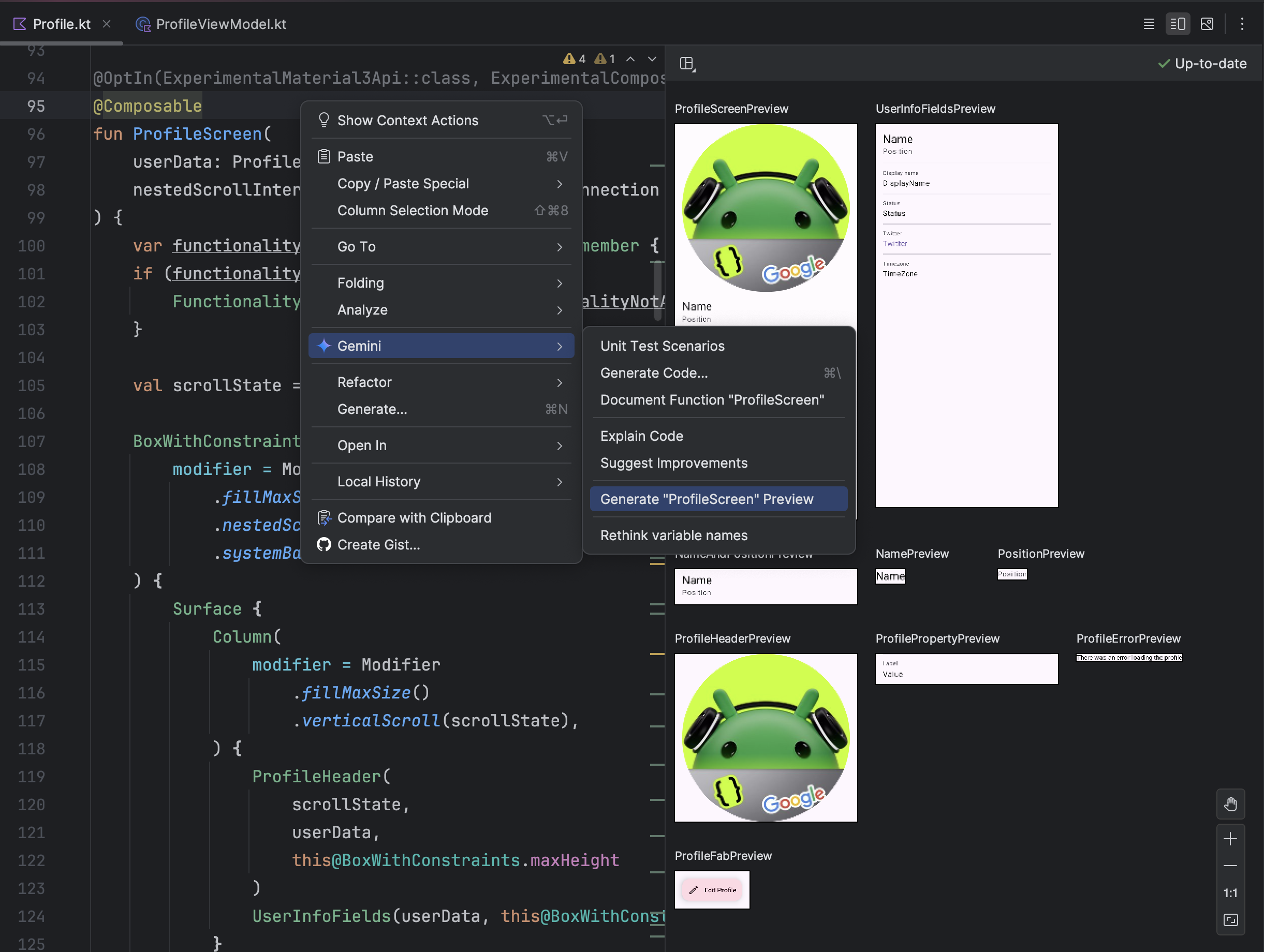
Wear Tiles Animation Preview
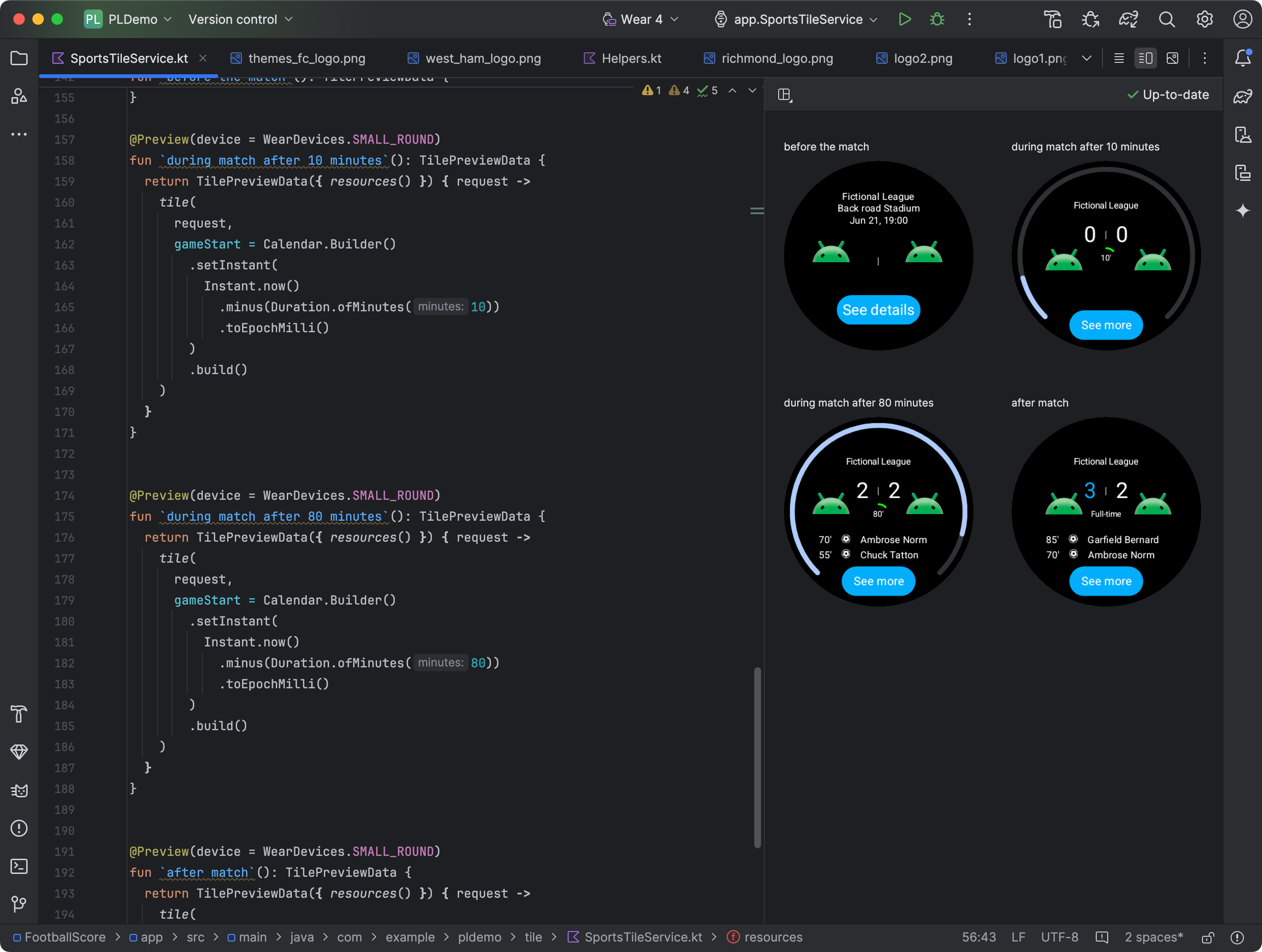
Building Wear OS apps? The new Wear Tiles Animation Preview lets you inspect and debug tile animations right within Android Studio Ladybug Canary 2+. To get started, add the necessary dependencies to your “build.gradle.kts”:
# Required for the previews debugImplementation(libs.androidx.tiles.tooling) implementation(libs.androidx.tiles.tooling.preview) # Dependencies needed to build the tiles implementation(libs.androidx.tiles) implementation(libs.androidx.protolayout) implementation(libs.androidx.protolayout.material)
Once you’re set up, you’ll see your animations directly in the IDE, making it easier to fine-tune and debug. Learn more about it in the Wear Tiles Preview guide
Gemini in the Code Editor
Android Studio Ladybug is integrating Gemini right into the code editor. This means you can prompt Gemini to suggest or refine code right where you work! Highlight the code you want to optimize, right-click, and select Gemini > Transform code.
An important warning; while optimizing your code, it may cause you to write incorrect code and cause bigger problems. I talked about this more in this article where I compared Gemini and Copilot.
@Deprecated Motion Editor :(
The Motion Editor is being deprecated as Android moves towards Jetpack Compose. Compose brings a modern, efficient way to build animations, and you can try it out using the Compose Animation Preview.
Updated Build Menu and Actions
The Build menu got a revamp! With new build actions and options, you can now build exactly what you want without fuss. Check out the Build ‘run-configuration-name’ feature, which lets you compile your current run configuration or recently tested components. This change simplifies your development process and cuts down on build times.
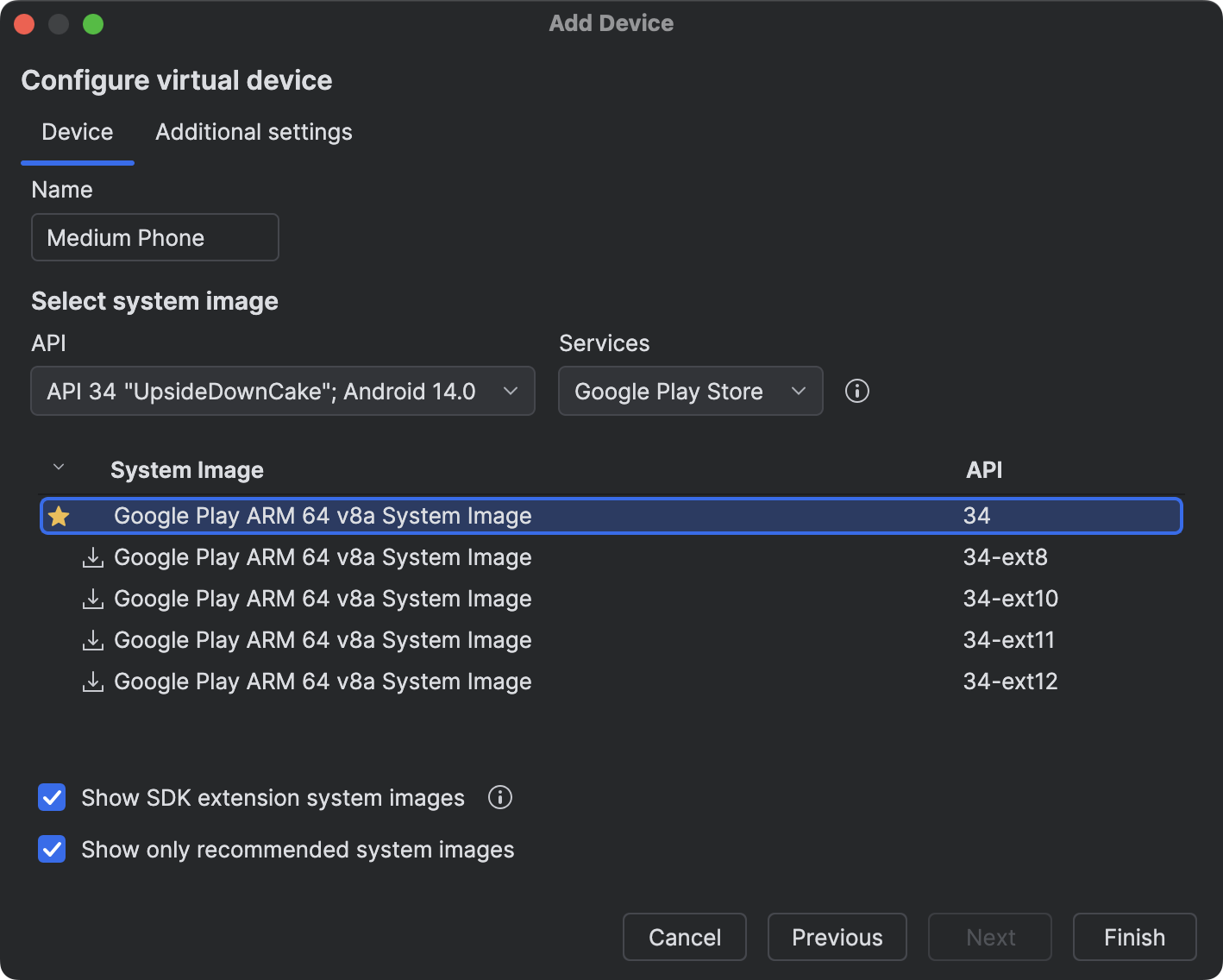
Mock Sensor Capabilities and Values
Developing health and fitness apps for Wear OS?
Android Studio’s new sensor panel lets you mock sensor values like heart rate data, giving you more control over testing different conditions. Just run your app on an emulator and use the Wear Health Services panel to simulate user events and sensor data.
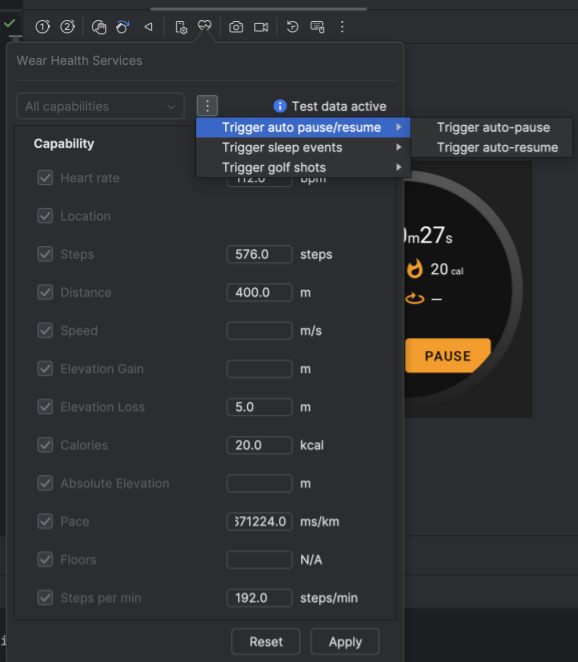
That’s just a glimpse of what’s new in Android Studio. Want to try it all out? Download the latest preview version and start experimenting! Let’s keep pushing the limits of what we can create!
Edge-to-Edge Enforcement in Android 15
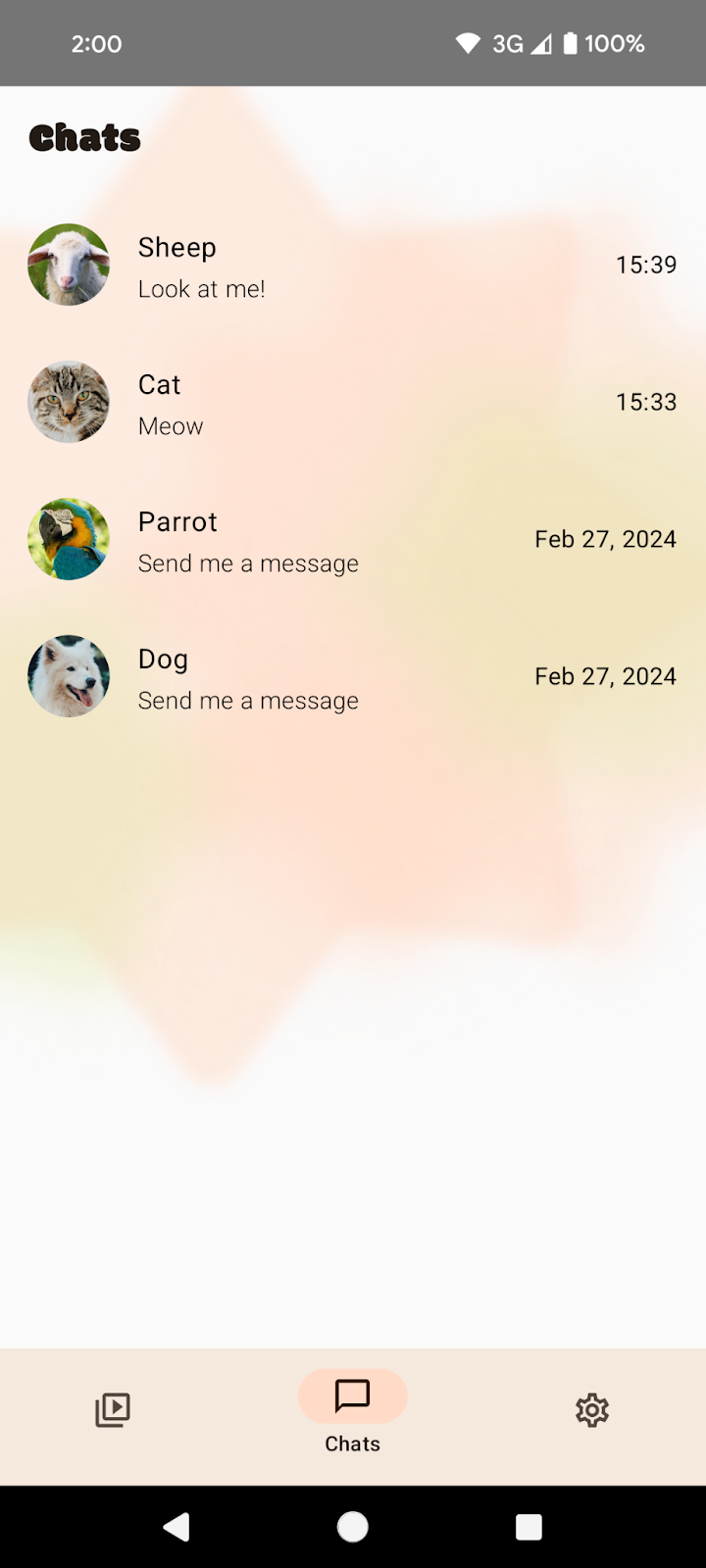
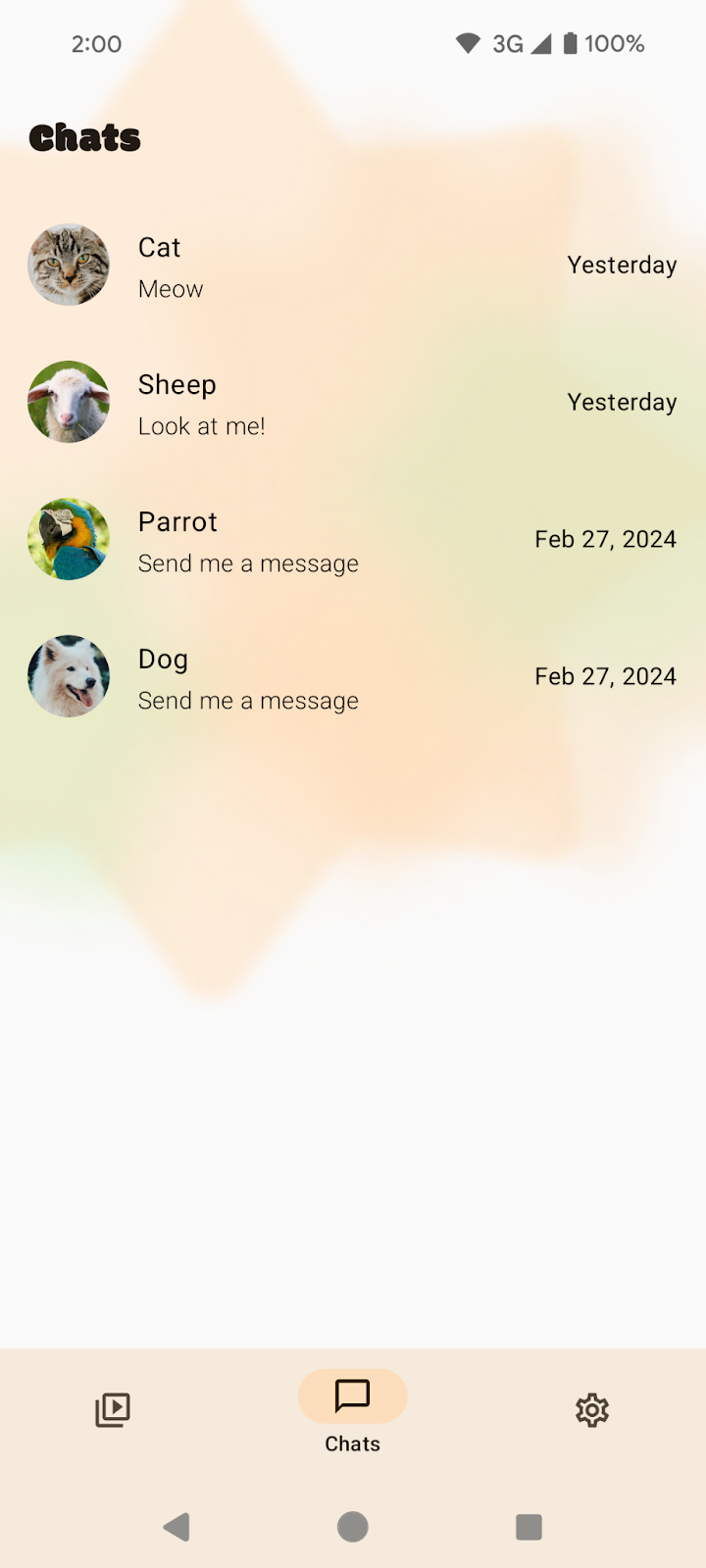
Actually, we are already creating applications with full screen design, but sometimes we only create layout from statusbar to navigationbar when needed. Here is Android’s vision, in fact, to enable us to create applications with better experiences by using the entire screen. However, while having this vision, they added a code that we can give up on applying windows edge to edge. But this does not match their vision. It is a very interesting approach.
How do you opt out of edge-to-edge enforcement?
Here is an example of how you can opt out of end-to-end implementation:
theme.applyStyle(R.style.OptOutEdgeToEdgeEnforcement, /* force */ false)Android Updates Last Month
This Week’s Android News Highlights: Ladybug, Coroutines, Baklava, and More
This Week’s Android News Highlights: Android 15, Jetpack Compose, and Ktor 3.0 Updates
Android News Highlights of 3rd Week of October: Compose, Ktor
Did you like this article?
You can subscribe to my newsletter below and get updates about my new articles.





